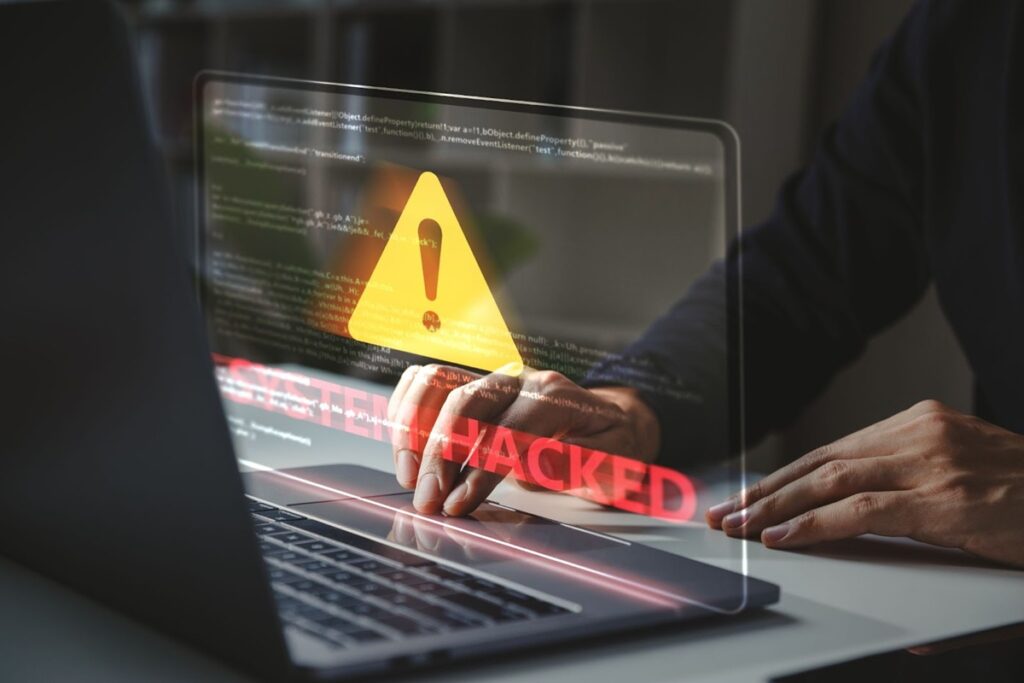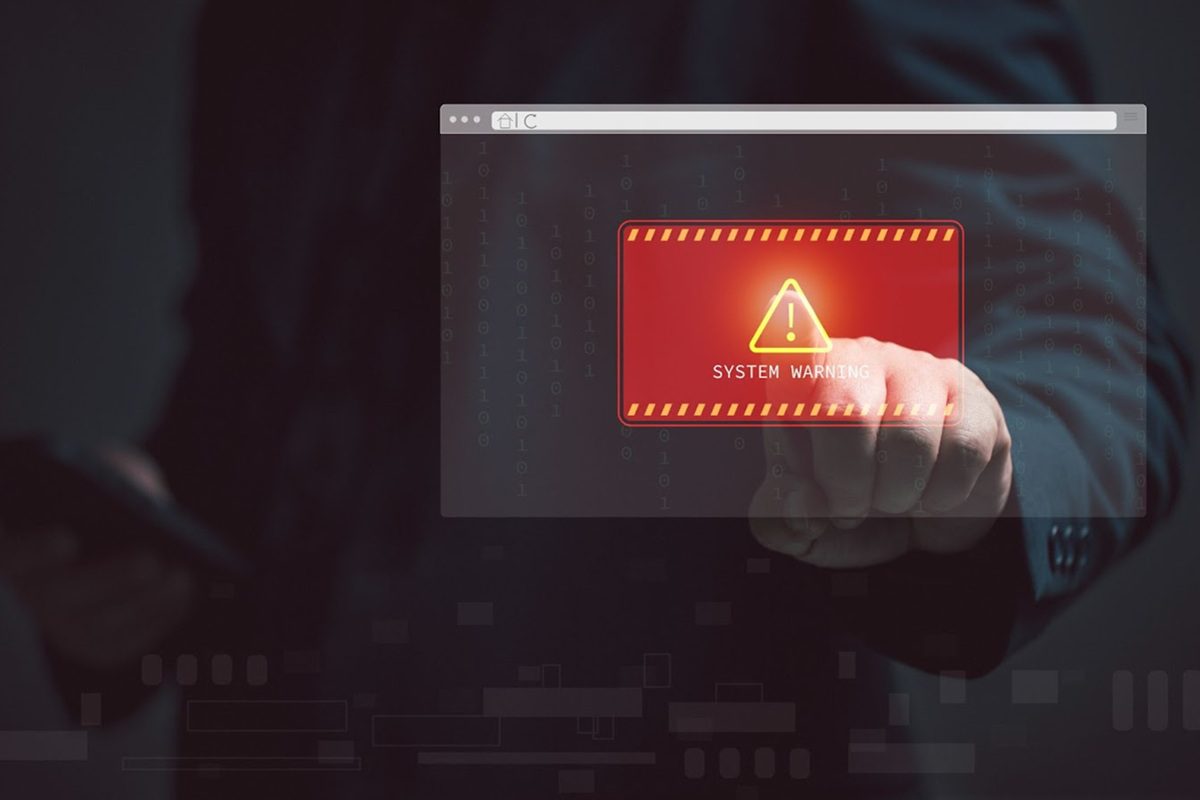When Cyber Threats Strike: How DFIR Protects Your Business and Minimises Downtime

Introduction
In the ever-evolving digital landscape, cyberattacks have become more sophisticated and harder to detect. Even businesses with robust security frameworks can fall victim to breaches, whether through phishing emails, ransomware, or insider threats. When a potential incident occurs, every minute matters. A delayed or poorly executed response can result in prolonged downtime, financial loss, and lasting reputational damage.
This is where Digital Forensics and Incident Response (DFIR) steps in. DFIR combines investigative expertise with rapid response capabilities to contain the threat, secure evidence, and get your systems back online with minimal disruption. In this article, we will explore the critical role DFIR plays during a suspected breach, outline immediate steps to take, explain how DFIR specialists protect your business, and share practical tips to reduce downtime after an attack.
Understanding DFIR and Why It Matters
Digital Forensics and Incident Response is a specialised branch of cybersecurity designed to deal with the worst-case scenario: a confirmed or suspected breach.
Digital forensics focuses on the collection, preservation, and analysis of data that can reveal exactly what happened during an attack. This includes analysing hard drives, network traffic, log files, and malware samples to trace the origin and method of the intrusion.
Incident response focuses on immediate containment, eradication of the threat, and recovery of affected systems. It ensures the breach does not escalate, spread to other systems, or cause further data loss.
A strong DFIR strategy provides several business-critical benefits:
- Faster Containment: Limiting the spread of malicious activity by isolating compromised systems before more damage is done.
- Evidence Preservation: Gathering forensic evidence that can stand up in legal proceedings or insurance claims.
- Root Cause Identification: Determining how the attackers gained access so vulnerabilities can be fixed permanently.
- Regulatory Compliance: Helping meet reporting requirements for data breaches under laws such as GDPR or PDPA.
In short, DFIR is not just about fixing the problem after it happens, it is about turning a chaotic event into a controlled, documented, and recoverable process. Without DFIR, organisations risk losing critical data, mismanaging the recovery process, and remaining vulnerable to repeat attacks.

Immediate Steps to Take When You Suspect a Breach
When suspicious activity is detected, there is no time to second-guess the situation. Swift and methodical action is key to limiting damage. While every organisation should have its own incident response plan, the following general steps can guide the first critical hours:
- Isolate Affected Systems
Disconnect any compromised devices from the network to stop the attacker from moving deeper into your environment. Do not shut down the devices entirely, as doing so could erase valuable memory data that is crucial for forensic analysis. - Alert Your DFIR Team
Whether your DFIR experts are in-house or outsourced, they should be notified immediately. Their early involvement ensures a structured, evidence-driven response rather than a rushed and potentially flawed reaction. - Preserve Digital Evidence
Secure all relevant logs, system images, and network traffic captures. This will help reconstruct the timeline of the attack and support legal action if necessary. - Communicate with Key Stakeholders
Inform management, IT teams, and any affected departments. Avoid speculation and ensure all messaging is consistent to prevent misinformation from spreading internally or externally. - Document Everything
Keep a detailed record of every action taken, including who did what and when. This documentation can be invaluable during the forensic investigation and for compliance audits.
Acting decisively during this stage can mean the difference between a contained incident and a company-wide crisis. A swift, structured response not only limits the scale of the breach but also preserves vital evidence, protects customer trust, and lays the groundwork for a faster recovery.
How DFIR Helps Contain the Threat and Protect Your Business
DFIR specialists are more than just “digital firefighters.” They provide both immediate damage control to stop the attack in its tracks and strategic guidance to prevent it from happening again. Their work follows a meticulous, step-by-step methodology to ensure no evidence is lost, no vulnerability is overlooked, and every action taken is backed by technical and legal credibility.
- Threat Containment
The first step is to stop the attack from spreading. DFIR teams quickly identify compromised systems, accounts, and data, isolating them from the network and blocking malicious access. Acting fast at this stage prevents further disruption and loss. - Forensic Investigation
Once the threat is contained, DFIR experts examine devices, logs, and network activity to determine how the attackers got in, what methods they used, and what data they targeted. This helps uncover the breach entry point and its impact. - Evidence Preservation and Chain of Custody
All collected evidence is documented and securely stored to maintain its integrity. A proper chain of custody ensures it can be used in legal cases, regulatory investigations, or insurance claims without challenge. - Remediation and Recovery
With the root cause identified, DFIR teams patch vulnerabilities, remove malicious code, reset compromised accounts, and restore clean backups. This ensures systems return to safe, operational status as quickly as possible. - Security Posture Enhancement
After recovery, DFIR specialists provide recommendations to strengthen defences, such as improving monitoring, updating policies, and training staff to recognise threats. This reduces the risk of similar incidents in the future.
In essence, DFIR combines technical expertise, investigative discipline, and strategic foresight. This ensures not only that your business recovers from an incident faster but also that it emerges with stronger safeguards to face future threats.

Tips to Avoid or Reduce Downtime After an Attack
While DFIR focuses on containing and resolving the security breach, the period of downtime that follows can still cause serious financial losses, productivity slowdowns, and reputational harm. The key is to prepare before an incident occurs so that operations can resume quickly and smoothly. To minimise disruption, businesses can adopt these proactive measures:
- Create and Maintain an Incident Response Plan
A documented plan outlining roles, procedures, and escalation paths ensures everyone knows what to do during an emergency. Regular updates keep it relevant as systems and threats evolve. - Build Redundancy into Your Systems
Deploy backup servers, cloud failover capabilities, and alternative communication channels so that core operations can continue even if the main infrastructure is affected. - Schedule Regular Data Backups
Frequent backups to secure, offsite locations mean you can restore critical data quickly. Consider solutions like Qloud’s Enterprise Backup and Recovery Solutions to protect against both cyberattacks and physical disasters. - Implement Continuous Monitoring
Use intrusion detection systems and performance monitoring tools to detect unusual patterns early, such as spikes in CPU usage or abnormal data transfers, which could signal malicious activity. - Test Your Recovery Procedures
Conduct regular disaster recovery drills to ensure the plan works in real-world scenarios. These tests help identify gaps and refine your response speed.
By implementing these measures ahead of time, organisations can not only cut downtime but also preserve customer confidence, protect revenue streams, and keep business momentum going, even in the wake of a serious cyber incident.
Summary: Staying Resilient in the Face of Cyber Threats
Cyber incidents can strike any business, but how you respond determines the outcome. Digital Forensics and Incident Response offers a proven framework to identify, contain, and investigate breaches while protecting critical evidence. Combining DFIR expertise with proactive measures such as redundancy, monitoring, and reliable backup solutions ensures your organisation can recover quickly and reduce downtime. At Simply Data, we help businesses navigate cyber threats with precision and professionalism. Our DFIR services are designed to not only stop the attack but to strengthen your defences for the future. If you are interested in learning more about how we can protect your organisation, visit this page.